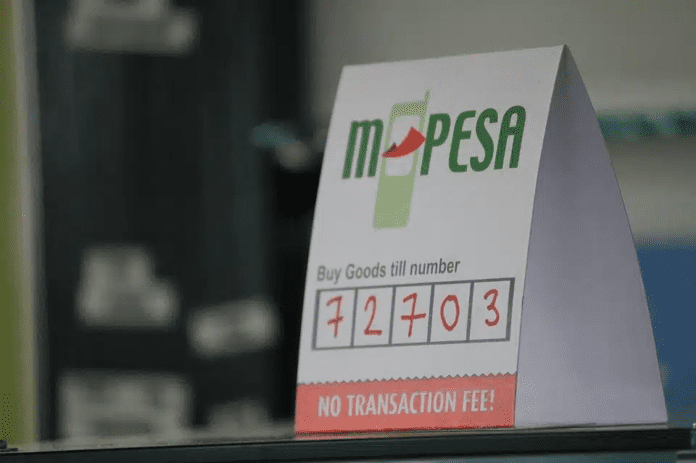Safaricom has proposed integrating M-Pesa with PesaLink, an interbank payment system managed by the Kenya Bankers Association (KBA) that connects 39 banks across the country.
This integration aims to create a more cohesive digital payment ecosystem by enabling seamless transactions between mobile wallets and traditional bank accounts.
PesaLink, designed to streamline interbank transfers, has struggled to compete with M-Pesa, which holds a dominant 96.5 percent share of Kenya’s mobile money market as of 2023. The proposal, made jointly by Safaricom and the KBA to the Central Bank of Kenya (CBK), seeks to eliminate the need for separate agreements between banks and mobile money providers, simplifying transfers and improving accessibility. Currently, PesaLink supports real-time bank-to-bank transactions but excludes mobile wallets like M-Pesa.
Launched in 2016 by KBA through Integrated Payment Services Limited (IPSL), PesaLink serves banks, payment service providers, and SACCOs but has yet to fully integrate mobile wallets.
If approved, M-Pesa users will gain the ability to transact with any bank directly, bridging a significant gap in the financial system.
“The majority of the industry is already connected to the IPSL switch with Safaricom M-Pesa set to join the switch soon,” read the proposal by Safaricom and KBA.
This initiative aligns with the CBK’s broader goal of introducing a Fast Payment System (FPS) designed to facilitate instant, low-cost, cross-platform transactions. FPS aims to connect commercial banks, SACCOs, microfinance institutions, and mobile money platforms into a cohesive framework.
One of the main advantages of the integration is lower transaction costs. For instance, transferring KES 10,000 (USD $77.22) via M-Pesa currently costs around KES 100 (USD $0.77), while similar transfers through PesaLink range from KES 30 (USD $0.23) to KES 50 (USD $0.39). By enabling direct interoperability, the integration could save users money and encourage adoption.
Ali Hussein Kassim, Chairman of the Association of FinTechs in Kenya, highlighted its potential impact. “Integrating M-Pesa with PesaLink would create a more seamless and interconnected financial ecosystem. This would allow users to easily move money between mobile wallets and bank accounts, breaking down the current silos between these systems.”
For small businesses, the integration could simplify operations by allowing payments across platforms without requiring multiple wallets. This advancement directly supports Kenya’s commitment to financial inclusion by making digital payments more readily available to all.
Banks have advocated for enhancing the existing PesaLink system instead of building new infrastructure like the FPS. The integration of M-Pesa into PesaLink could strike a balance, addressing both the CBK’s modernization goals and the banking sector’s preferences.
The Central Bank of Kenya (CBK) may need to introduce new policies to address the operational and compliance challenges that could arise from the integration of M-Pesa with PesaLink. These measures would focus on ensuring consumer protection, enhancing security, promoting fair competition, and fostering innovation within the financial sector.







